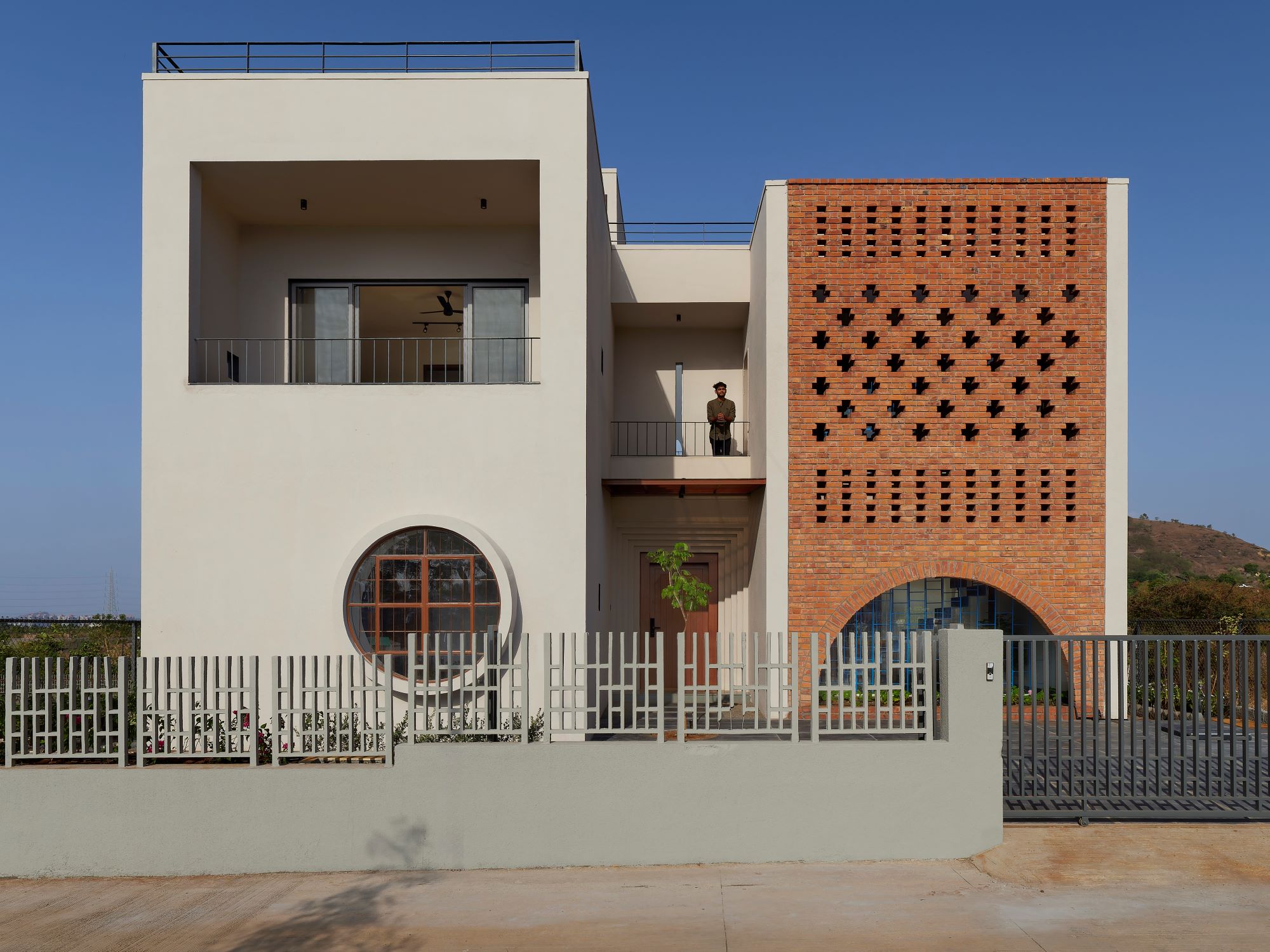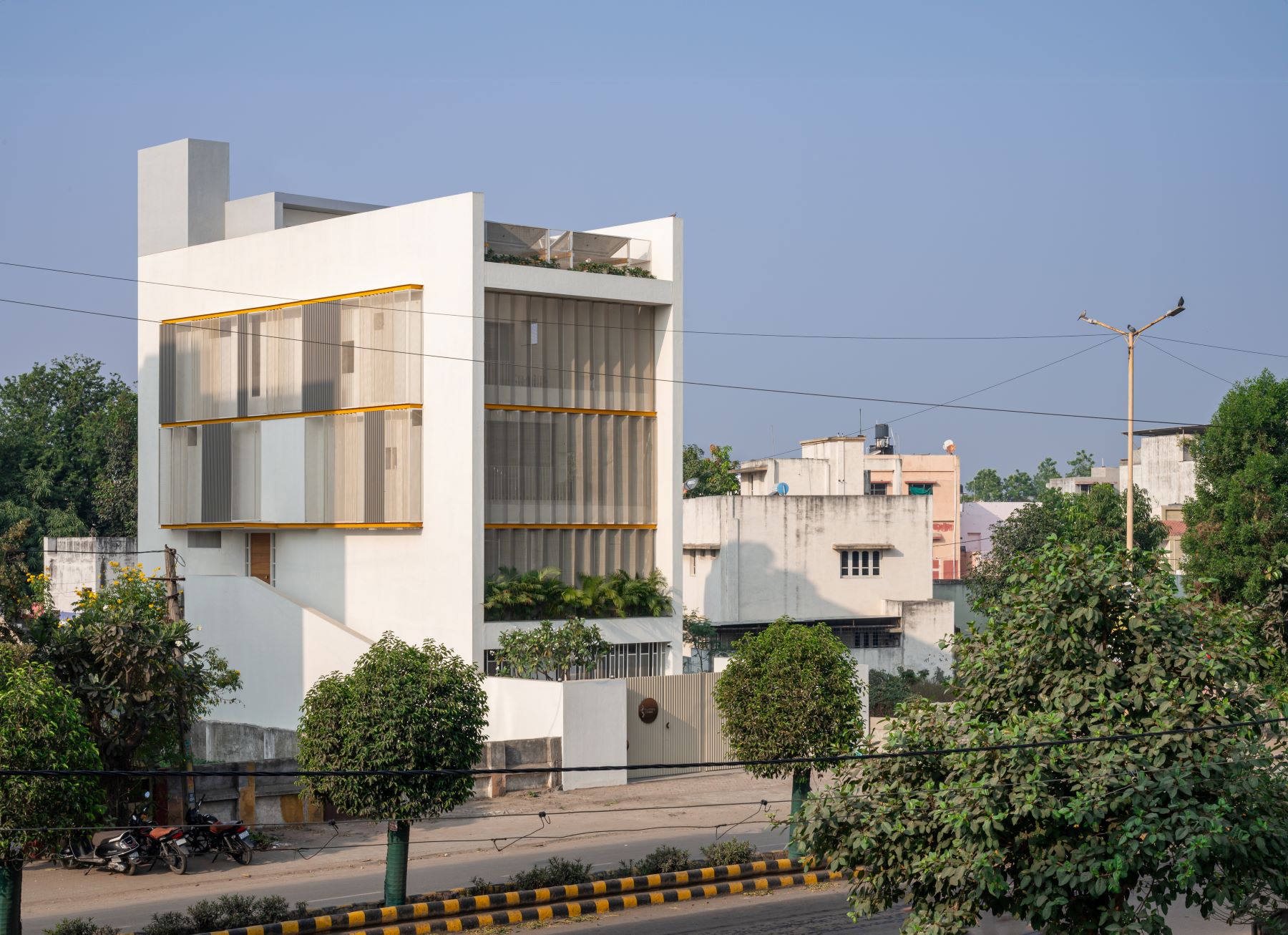In the Indian calendar of events such as Diwali, Janamashtmi, Eid and Christmas, we need to add one more annual event. Flooding.
Kavas Kapadia

This event occurs annually- mild or unexpected rains and city areas get flooded. The next morning witnesses newspaper headlines, followed by TV debates by a few ‘experts’ who explain to us why the floods occurred and what the government should have done or must do to avoid this from happening again.
Yet the same cycle repeats year after year…life goes on.
In a rather intriguing discussion that I had with a resident of central Mumbai, a part that regularly gets flooded, on how he manages to cope with these 5 days of extreme inconvenience every year, his answer was disarmingly honest and simple, ” because the remaining 360 days are normal”.
It would seem that our Municipal governance goes by a similar logic.
Every municipal action is an act of delicately balanced cost-benefit analysis.
Because the political cauldron is always on the boil, drawing all the government resources and time elsewhere, this issue of flooding though the result of years, sometimes decades of neglect is very temporary.
Contrary to the propagated and largely believed definition of planning, ” optimal use of the land by making physical, socio-economic and environmental plans for the benefit of the masses”, planning is not a value-neutral exercise. The understanding of ‘value’ in this sense is dominated by political expediency. If planning was a neutral exercise we would never have situations such as the NCR deleting regulations to protect the Aravalli as forest land, the stoppage and complete reversal of the new town Amravati in Andhra, the demolition of the hall of nations to be replaced by more mundane trade centres or imposing a new crown jewel in the name of a new parliament in New Delhi.
The city as a microcosm is a spatial manifestation of the state of the country. It denotes the socio-cultural and political situation prevailing in this free market economy of the country. The spatial geometry/ configuration highlights the economic polarization of the governing interests.
The choice is opportunity cost. Except for the large-scale devastations caused by the unpredictable climatic catastrophe, we have become habituated to the annual losses caused by local flooding. Who stands to lose more- the private party or the government, is a moot question.
Let me try to put this phenomenon of flooding in the correct time perspective. And this is the story of almost all our cities- Mumbai, Patna, Bengaluru, Delhi, Chennai, and Pune.
Like the electricity network (the grid is visible as wires overhead), the water supply and sewer lines or the road network, the city has several networks operating independently. On the ground-invisible is a terrain of natural spurs and valleys. The rainwater was supposed to flow through these on its course. Now the most peculiar part of these channels is that unless viewed in their entirety they are a swath of unused, empty land cutting right across the city development. Developers and land sharks eye such land as parcels to grab and build upon. The PPP(public-private partnership) flourishes along this path and piece by piece over a period this entire network is built. We, the city residents know and understand the value of location. Also, while this land is being built upon, there is no immediate concern, especially from the citizen who is going to be hit hard when the climate delivers its punch.
Nature has a way to affect your other channels if you block its own. The process of building benefits a few in the PPP mode but the resulting havoc is shared disproportionately- disrupting the lives and livelihood of the common man and the public at large.
The government takes advantage of the situation in typical routine announcements. A senior bureaucrat’s sound and fury promises “the complete demolition of all properties in the line of the flow” which now we all understand to be akin to saying that we shall put the genie back in the bottle!
And secondly, the public memory is very short.
While the flood water finds its way out, attention is quickly drawn to other mundane matters such as a court hearing on someone‘s ”sentiments being hurt due to the picture of a Hollywood hero posing in the nude”, or better still the state and the centre fighting over the how the flow of liquor was impaired/expanded due to a faulty sales policy.
It’s a pity that neither the planners nor the local government accept the fact that a city is not merely a municipal jurisdiction defined by wards and ‘mohallas’. The city is an integrated functional space that derives its energy from the economic social cultural and physical inputs, provided by the innumerably interconnected activities it supports and enhances. When you temper with these linkages you weaken the total structure. Such development, like in the case of most living things, has a threshold limit of growth. When you transcend these growth boundaries you pay the price.
Despite its annual occurrence, flooding results in heavy destruction. Read our article on the Pakistan Floods and the Resultant Damage, link below:








One Response